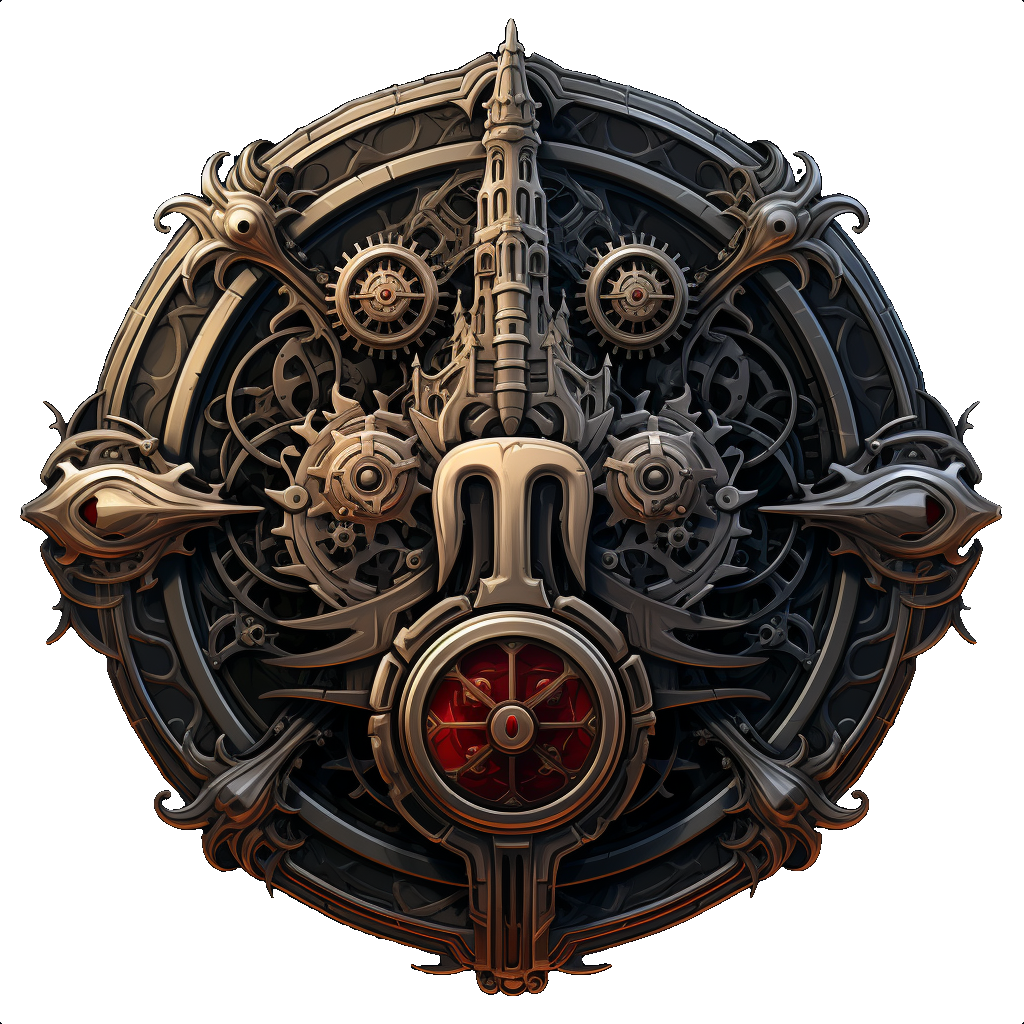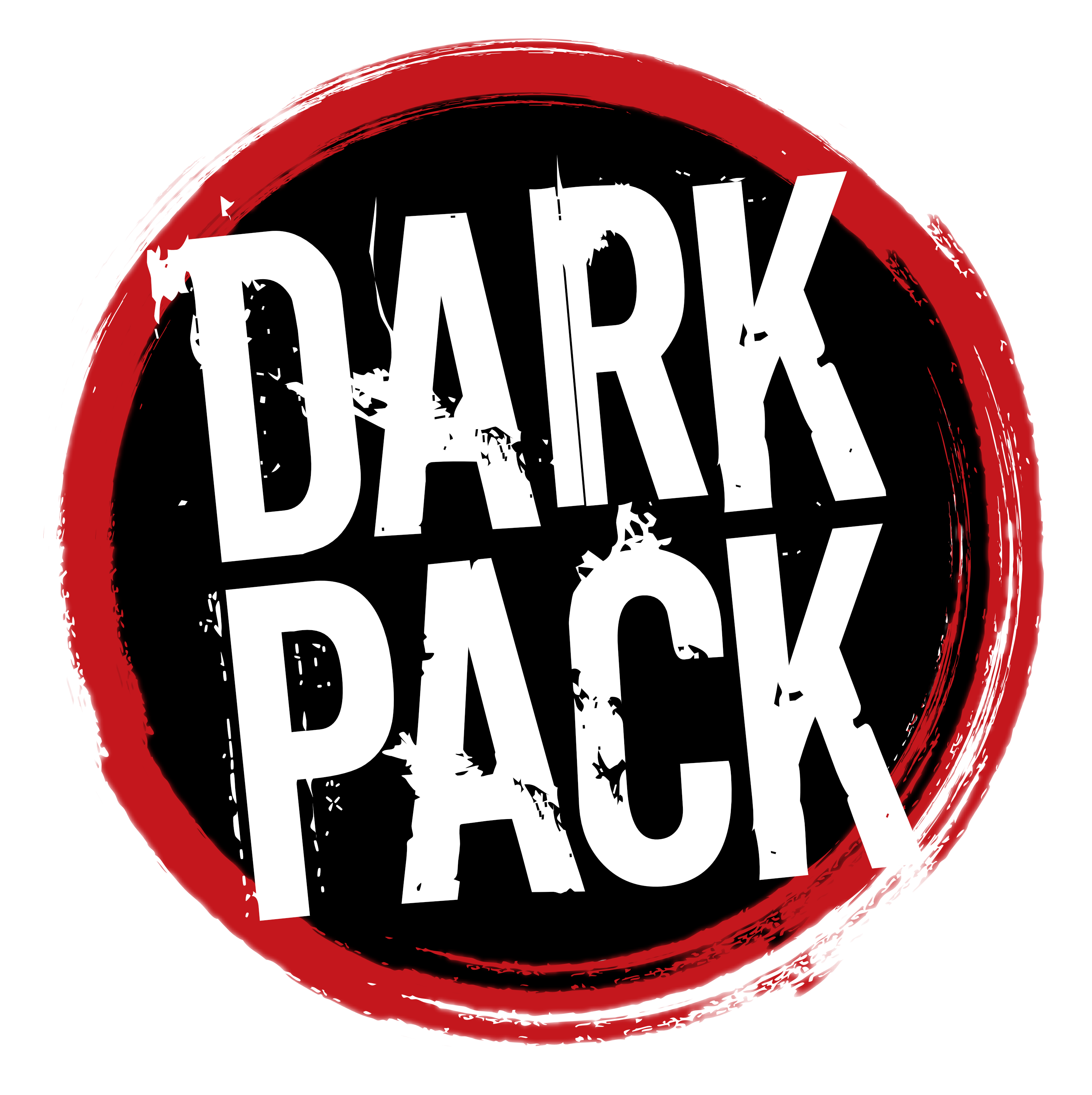Modern 5e Introduction
While D&D 5e provides a lot of possibilities for medieval or renaissance fantasy, it doesn’t for Victorian Age Fantasy. Back in the D20 era, there was the D20 Modern game line for anything from Renaissance to Future and Cyberpunk, based on the known d20 rules, but with a different feel and skillset. Modern 5e is a conversion of the base classes, advanced classes, occupations, and other parts of D20 Modern to D&D 5e.
Why not plain 5e?
I miss the flexibility granted by the class concept of D20 Modern, which you can also find in Masque of the Red Death from Ravenloft in d20 times. You will have a “Base Class”, which will give you access to your archetype at the same levels as every other base class does. You can pick your Advanced Class, without restriction because of your base class. Want to be a muscular guy, who just discovers that he has a fable for ancient languages? You can do so!
Downsides of D20 Modern
While Urban Arcana brought spellcasting to d20 Modern, there are no full casters in the original rule set. I will change that and will make at least one spellcasting base class per spellcasting attribute (so one for intelligence, one for wisdom, and one for charisma). Besides that, there are a few things working differently in 5e and D20 Modern, which I will have to adapt. This results in some differences to the original 5e if you play with 5e Modern.

Base Classes? Advanced Classes?
To make things easier for you, I will compare these to the 5e terminology. Base Classes are also present in 5e. They are the original class, like Fighter, Wizard, or Monk. The key difference is that 5e Modern has these classes, instead of the usual 5e classes:
- Strong Hero
- Fast Hero
- Tough Hero
- Smart Hero
- Dedicated Hero
- Charismatic Hero
- Smart Adept
- Dedicated Adept
- Charismatic Adept
For the Advanced Classes, you can see them as the Archetypes. There is only one key difference between 5e Archetypes and the new 5e Modern Advanced Classes. Any Base Class can pick any Advanced Class. There is no limitation of “Only Rogues can be Arcane Tricksters”. This will also mean that a Fast Hero could pick the Advanced Class of “Divine Chosen” and become a paladin at level 3.
The Basic Class Table
| Level | Proficiency | Features |
|---|---|---|
| 1 | +2 | |
| 2 | +2 | |
| 3 | +2 | Advanced Class |
| 4 | +2 | Ability Score Improvement |
| 5 | +3 | |
| 6 | +3 | |
| 7 | +3 | Advanced Class Feature |
| 8 | +3 | Ability Score Improvement |
| 9 | +4 | |
| 10 | +4 | Advanced Class Feature |
| 11 | +4 | |
| 12 | +4 | Ability Score Improvement |
| 13 | +5 | |
| 14 | +5 | |
| 15 | +5 | Advanced Class Feature |
| 16 | +5 | Ability Score Improvement |
| 17 | +6 | |
| 18 | +6 | Advanced Class Feature |
| 19 | +6 | Ability Score Improvement |
| 20 | +6 |
Since the original base classes will not allow for full casters, this is a solid distribution. The Adept Base Classes, however, will have fewer Ability Score Increases.
Mix and Match?
Right now, I am just starting with the design process, so things are likely to change. But it should be possible to play with a party that has partially Modern heroes, and partially classic D&D hero classes. Since stats, core mechanics, and skills will remain the same, a mix and match is hopefully possible (at least that’s what I am aiming for).
What (at this point) will not be possible is to use the standard archetypes with the new base classes, and vice versa. Maybe I will give the original classes a streamlining makeover in the future, to make things more compatible.

Occupations
Occupations are pretty much like backgrounds. They provide you with proficiencies, additional languages, and a wealth bonus. They will not give you a background feature, though. Since the wealth bonus will apply to your monthly income, an additional feature would be too much of a bonus.
Due to this issue, I would not recommend mixing Occupations and Backgrounds in one campaign. If you want to have both, you could assign a wealth bonus to the respective Backgrounds and give the occupations a unique feature. Another approach would be to pick an occupation, use its bonuses, and then apply a background, with only the feature used.
The Wealth System
D20 modern didn’t deal with actual money you’re carrying around. Instead, there was the wealth system. Every character has a certain wealth bonus, which depends on a die roll and a wealth bonus from their occupation. Whenever they want to make a purchase, they roll a d20, add their bonus, and see if they can afford the purchase.
If the Wealth Bonus is equal to or higher than the purchase DC, you succeed automatically and can buy the item. If your Wealth Bonus is lower than the DC, your wealth bonus decreases. More about this in the article about Wealth Bonus.
This system adds more complexity to the game, which is why I add prices in standard D&D money to my items. If you want to stick with typical currency, that's no problem at all. If you want to convert items from other sources to the wealth system, you will need the exchange rate I have for my items:
1 Ravenbit (cp) = 0.50$
1 Raven (sp) = 5$
1 Ravenclaw (gp) = 50$
1 Ravenfeather (pp) = 500$
Armor
In D20 Modern, classes provided a unique Class Defense Bonus and AC was calculated like this:
10 + Dex Modifier + Class Defense Bonus + Other Bonuses
Even while ignoring other bonuses, a Fast Hero (which is Dex Based) with the Martial Artist Advanced class would come up with 10 + 5 (Dex 20) + 8 (Fast Hero) + 7 (Martial Artist) = 30 AC at level 20. That's a little bit too much, especially with other classes in mind.
In D&D 5e, most classes can reach 17 AC. (12 + Dex Mod for Light Armor), with +2 from a Shield, and several bonuses from magic items. Therefore, in Baeleris AC is calculated like this:
11 + Dexterity Modifier + Proficiency Bonus
With this calculation, a character who picked Dexterity as a dump stat would come up with 14 AC, while a Gunslinger or a Rogue-ish character would have an AC of 22. Of course, there are still shields around, and they still provide their +2 bonus.
The License Problem
Most of you may remember what happened in January. The OGL-Debacle hit like a thunderstorm and was a major problem for those creating D&D 5e content. With the new SRD under CC-BY-4.0 licensing, these problems are gone for my homebrew and other stuff. At least with things working with the 5e version of the game. Sadly, the Victorian Age I am aiming for with Baeleris wouldn’t quite fall under the common 5e framework, so I thought about converting stuff from D20 Past (a d20 Modern sub rule set) to 5e. And there we have my license issues.
While I use the CC-BY-4.0 license on the D&D 5e end of my conversions, I rely on the D20 Modern SRD as a base, and that is still a document published under the OGL-License. For me, there were three solutions:
- Publishing the whole thing as an OGL Document and risk another edition of the OGL debacle.
- Publishing the whole thing under Wizards Fan Content Policy.
- Publishing the 5e Modern conversion as OGL, while everything else remains under CC-BY-4.0.
I will go with the third method, which is why you find this lengthy part here. Any article that contains converted Material under the OGL License will have an OGL-Button in the sidebar. If you click that button, it’ll lead you to the license text.






Comments